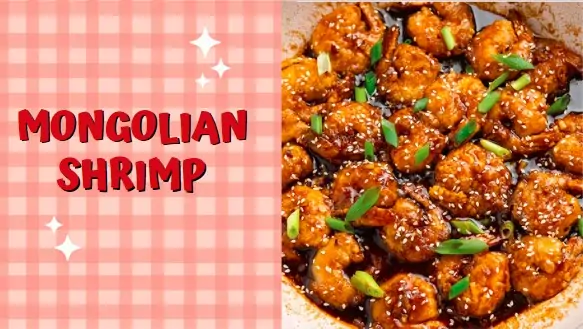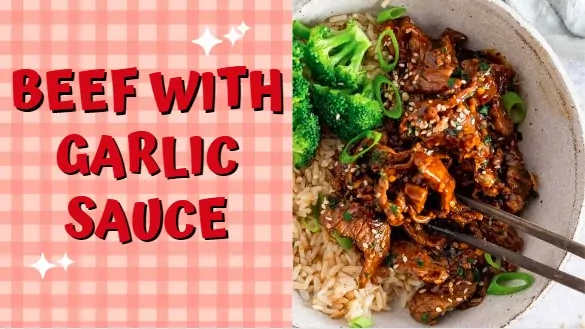Chicken Koobideh is a delectable and traditional Middle Eastern dish that has gained popularity across the globe for its flavorful, tender, and juicy characteristics. This dish is essentially a type of kebab made from ground chicken, mixed with a variety of spices, onions, and garlic, which are then expertly molded onto skewers and grilled over an open flame to perfection. The blend of spices is what sets Chicken Koobideh apart, typically including salt, pepper, sumac, and sometimes saffron, lending it a unique flavor that is both aromatic and deeply satisfying.

Originating from the rich culinary traditions of Iran, Chicken Koobideh represents a beloved part of Persian cuisine. It is a testament to the simplicity and elegance of preparing ground meat, transformed into a gourmet experience through the use of traditional spices and cooking techniques. The dish is often served with basmati rice, a slice of lemon, and a side of grilled tomatoes, enhancing its flavors and making it a well-rounded meal.
What makes Chicken Koobideh particularly appealing is its versatility. It can be adapted to suit various dietary preferences and spice tolerances, making it a favorite among families and food enthusiasts alike. Whether enjoyed at a festive gathering or a simple family dinner, Chicken Koobideh brings a taste of Middle Eastern hospitality and warmth to the table.
| Prep time | 20 minutes (plus 1 hour for marinating if time allows) |
| Cook time | 10-15 minutes |
| Total time | 1 hour 35 minutes |
| Course | Main course |
| Servings | 4 servings |
| Cuisine | Iranian/Middle Eastern |
Kitchen Tools for Chicken Koobideh

Ingredients for Chicken Koobideh
How to make Chicken Koobideh?
Marinating the Chicken

Shaping and Cooking

Serving
What To Serve With Chicken Koobideh?
Saffron Infused Basmati Rice
A fragrant and colorful side, saffron-infused basmati rice not only adds a visually appealing element to the plate but also a subtle, aromatic flavor that pairs beautifully with the spices in Chicken Koobideh. The golden hues of the rice come from a pinch of saffron threads, making it a luxurious addition to your meal.
Shirazi Salad
This refreshing Persian salad, made with cucumbers, tomatoes, onions, and dressed with olive oil, lemon juice, and mint, offers a crisp and refreshing counterpoint to the savory kebabs. The acidity and freshness of the salad cut through the richness, balancing each bite.
Grilled Vegetables with Sumac
Grilled vegetables such as bell peppers, zucchini, and eggplant, sprinkled with sumac, provide a smoky and slightly tangy accompaniment that complements the grilled flavor of the Chicken Koobideh. Sumac not only adds a hint of lemony tartness but also enhances the visual appeal of the vegetables.
Mast-o-Khiar (Yogurt and Cucumber Dip)
A cool and creamy dip made from yogurt, diced cucumbers, and garnished with dried mint or dill, Mast-o-Khiar is the perfect accompaniment to Chicken Koobideh. Its coolness offers a delightful contrast to the warmth of the kebabs, and its creamy texture pairs well with both the chicken and the rice.
Fresh Herb Platter
A platter of fresh herbs, such as mint, cilantro, basil, and tarragon, alongside radishes and walnuts, can be served as a refreshing side. Guests can enjoy these herbs by adding them to their plate, creating a burst of fresh flavor that enhances the overall meal.
Lavash or Sangak Bread
Offering traditional Persian breads like Lavash or Sangak allows guests to wrap pieces of Chicken Koobideh along with rice and salad, creating delicious bites that incorporate all elements of the meal.
Torshi (Pickled Vegetables)
A small serving of Torshi, which consists of various vegetables pickled in vinegar and spices, adds a piquant and tangy element to the meal. Its acidity and crunch provide a wonderful contrast to the tender and flavorful Chicken Koobideh.

How to store leftover Chicken Koobideh?
Health Benefits of Chicken Koobideh
Variations and Substitutions
Meat Variations
Flavor Adjustments
Dietary Considerations
Cooking Methods
Serving Suggestions
Allergy-Friendly Substitutions

Tips and Tricks
Selecting the Right Meat
Opt for a mix of chicken thigh and breast. The thigh offers juiciness and flavor due to its higher fat content, while the breast keeps the mixture from becoming too fatty. This balance is crucial for tender, flavorful kebabs.
Achieving the Perfect Grind
If grinding your own chicken, partially freeze the meat before grinding. This helps in achieving a smoother consistency without overworking the meat, which can lead to tough kebabs.
Onion Preparation
Grate the onion finely and squeeze out as much juice as possible. The onion juice can make the mixture too wet, causing the kebabs to fall off the skewers during cooking. The remaining pulp adds flavor and binds the meat.
Binding the Mixture
Avoid adding eggs or breadcrumbs if striving for authenticity. The key to a good bind is thoroughly mixing the meat with the seasonings and onion. Kneading the mixture for a few minutes can help the proteins in the chicken act as a natural binder.
Flavor Infusion
Don’t rush the marination process. Allowing the chicken mixture to rest in the refrigerator for at least an hour or overnight will enable the flavors to meld together, resulting in a more flavorful kebab.
Skewering Like a Pro
Wet your hands with water or oil before shaping the meat around the skewers. This prevents sticking and helps in forming smooth, even kebabs. Make sure the meat is evenly distributed to cook uniformly.
Cooking Technique
Whether grilling or broiling, high heat is essential. It sears the meat quickly, locking in juices and creating a slightly charred exterior while keeping the inside moist and tender.
Turning the Kebabs
Use tongs to gently turn the skewers. Turning them too frequently can cause them to fall apart. Wait until they release easily from the grill or pan, indicating a good sear has formed.
Serving Immediately
Chicken Koobideh is best enjoyed hot, straight off the grill or broiler. The flavors and textures are at their peak, and the meat remains juicy and tender.
Experiment with Spices
While traditional spices include salt, pepper, turmeric, and sometimes sumac or saffron, feel free to experiment with other spices to customize the flavor to your liking. Each batch can be a new culinary adventure.
Rest Before Serving
Letting the kebabs rest for a few minutes after cooking allows the juices to redistribute, ensuring that every bite is succulent.
Practice Makes Perfect
Making Chicken Koobideh is as much an art as it is a science. Don’t be discouraged if your first attempt isn’t perfect. Practice will make you more familiar with the texture and behavior of the mixture.

Suggested Recipes
Perfect Pork Butt Burnt Ends Recipe
Super Delicious Roasted Half Chicken Recipe
The Best Bone-In Filet Mignon Recipe
Frequently Asked Questions – FAQ’s
Conclusion
Chicken Koobideh stands as a testament to the rich culinary heritage of the Middle East, particularly Persian cuisine. Its simple yet flavorful combination of ground chicken and spices, grilled to perfection, offers a delicious and satisfying meal. This dish not only brings people together but also offers a gateway to exploring diverse cultures through food. The versatility of Chicken Koobideh, with its various adaptations for dietary preferences and cooking methods, ensures that it can be enjoyed by everyone.
Whether served at a family dinner or a festive gathering, it remains a beloved choice that promises a delightful culinary experience. By following the tips and embracing the variations, anyone can master this dish, adding their personal touch to a timeless classic. Chicken Koobideh continues to be a symbol of tradition, flavor, and the joy of shared meals.






